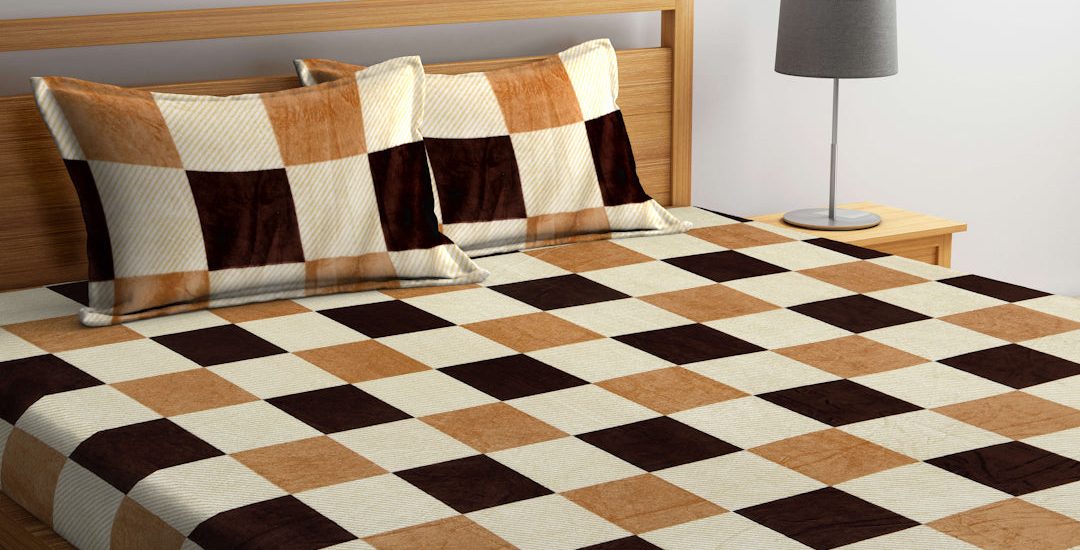Introduction
Light is an essential part of our lives. Not only does it allow us to see the world around us, but it also plays a crucial role in various technologies, from communication to medical procedures. One fascinating aspect of light is patterned light, which is the manipulation of light to create intricate patterns that can be used for various applications. In this article, we will explore the world of patterned light and its various applications.
What is Patterned Light?
Patterned light is a term used to describe the manipulation of light to create various patterns. These patterns can be created using various techniques, including holography, interference, diffraction, and polarisation. One common application of patterned light is in creating 3D images using holography. In this technique, two laser beams are used to create a hologram that can produce a 3D image of the object.
Holography
Holography is a technique that allows the creation of 3D images using patterned light. The hologram is produced using two laser beams, one of which acts as a reference beam, while the other is reflected off an object. The two beams then interfere to create an interference pattern that can be captured on photographic film or a digital sensor. The resulting image can then be illuminated using a laser to recreate the 3D image of the object.
Interference
Another technique for creating patterned light is interference. Interference occurs when two or more light waves combine to create a new wave with a different amplitude and phase. This technique can be used to create patterns by combining light waves from different sources or by reflecting light off a surface. An example of the use of interference is in thin-film interference, where a thin layer of a material is used to create different colours by reflecting different wavelengths of light.
Diffraction
Diffraction is a phenomenon that occurs when light waves encounter an obstacle or a slit, causing them to bend and spread out. This technique can be used to create patterns by passing light through a diffraction grating, which is a surface with many closely spaced slits. The resulting pattern can be used for various applications, including spectroscopy and microscopy.
Polarisation
Polarisation is a technique that involves manipulating the polarisation of light to create patterns. This can be achieved using various devices, including polarising filters and liquid crystal displays. Polarisation can be used for various applications, including 3D movies and polarisation microscopy.
Applications of Patterned Light
Patterned light has various applications in different fields, including medicine, communications, and security.
Medicine
Patterned light is used in various medical procedures, including microscopy and phototherapy. In microscopy, patterned light can be used to create high-resolution images of biological samples. In phototherapy, patterned light can be used to treat various medical conditions, including cancer, by targeting specific cells using light signals.
Communications
Patterned light is used in various communication technologies, including fibre optic communication. In fibre optic communication, light signals are sent through optical fibres using patterned light to encode data. This technique allows for high-speed data transfer over long distances.
Security
Patterned light is used in various security applications, including holographic security features for banknotes and identification documents. These features use patterned light to create complex images that are difficult to counterfeit, enhancing security and preventing fraud.





